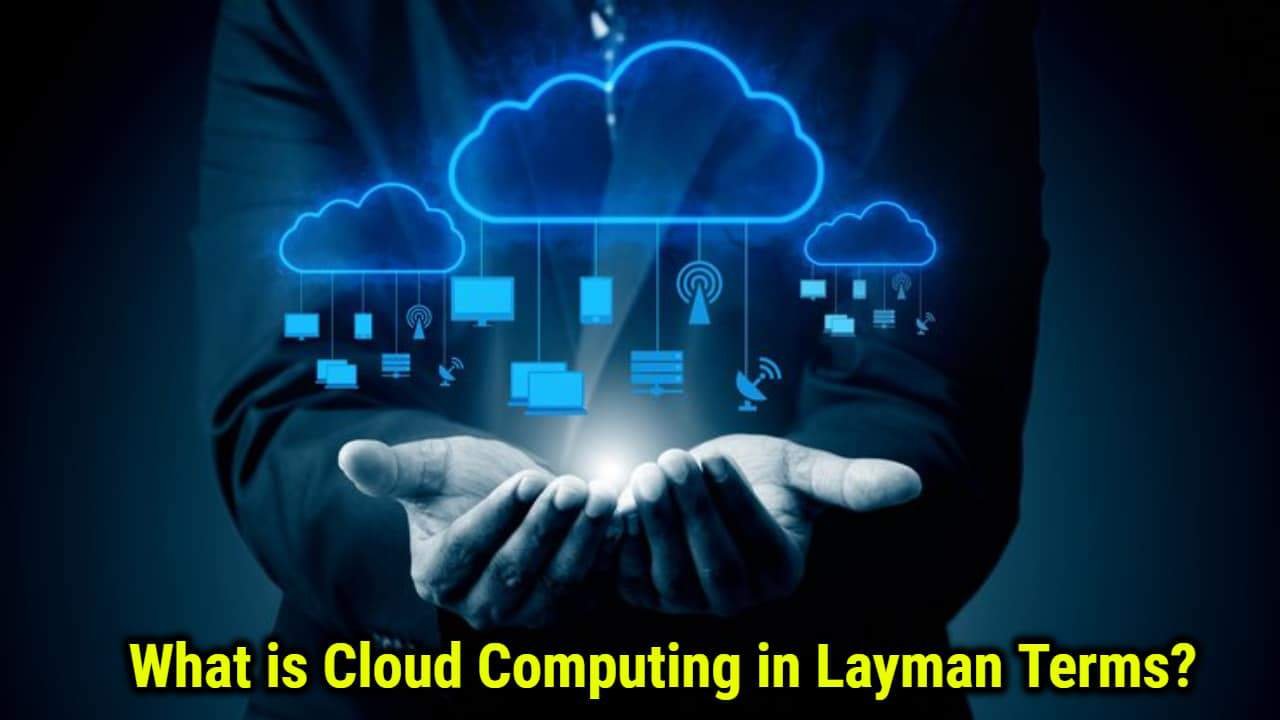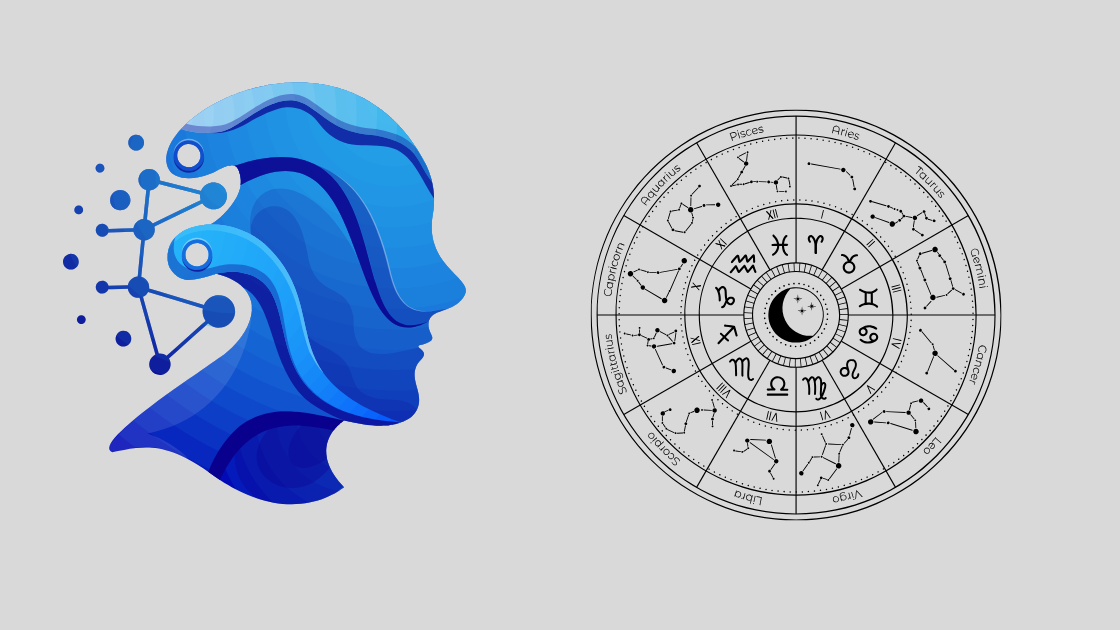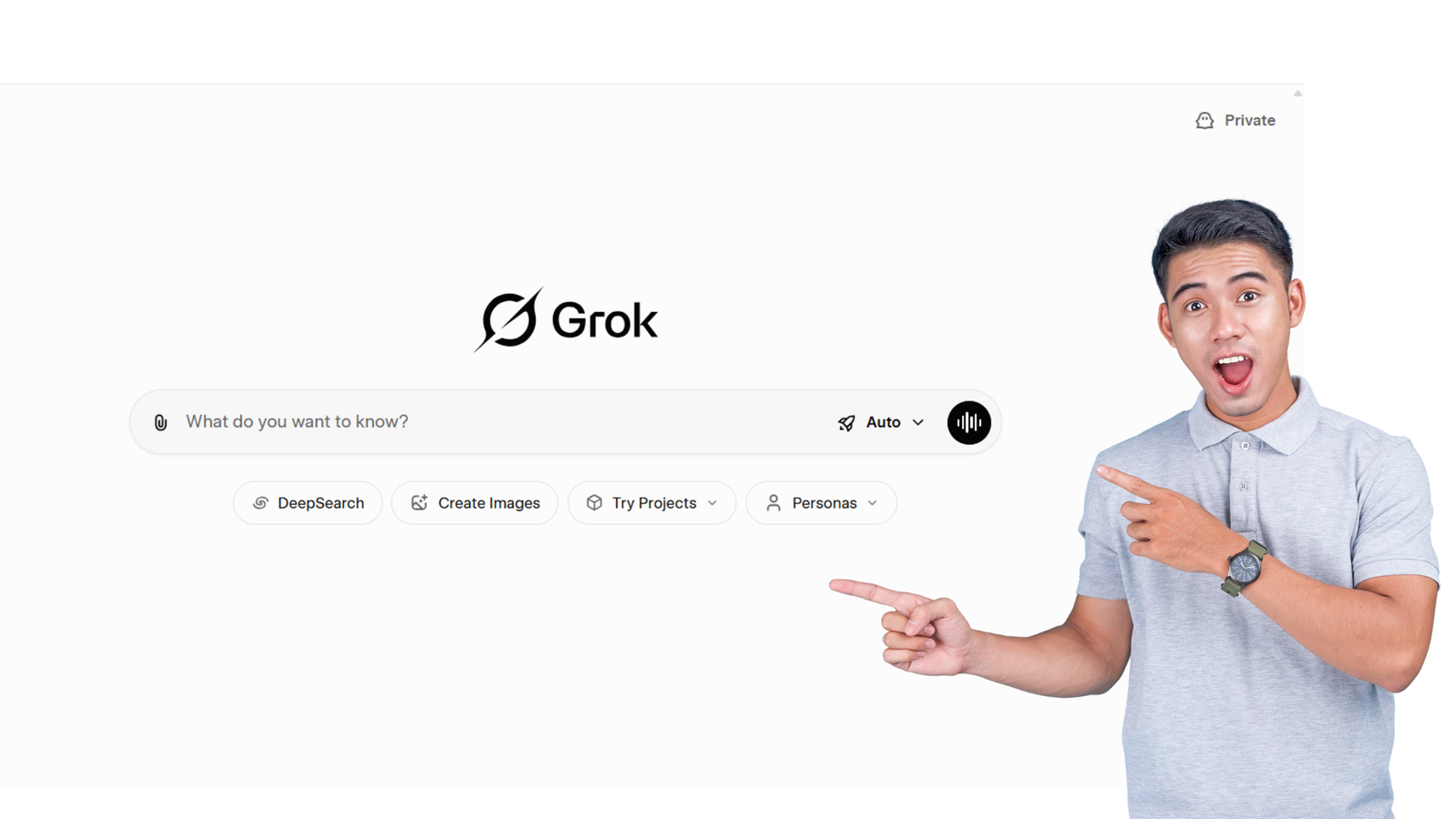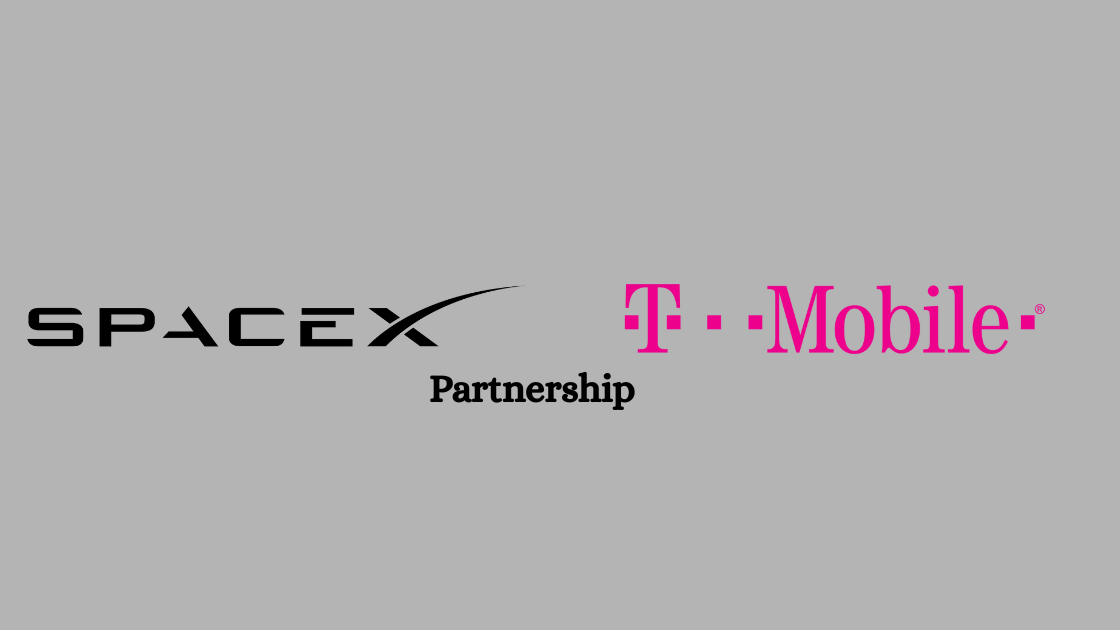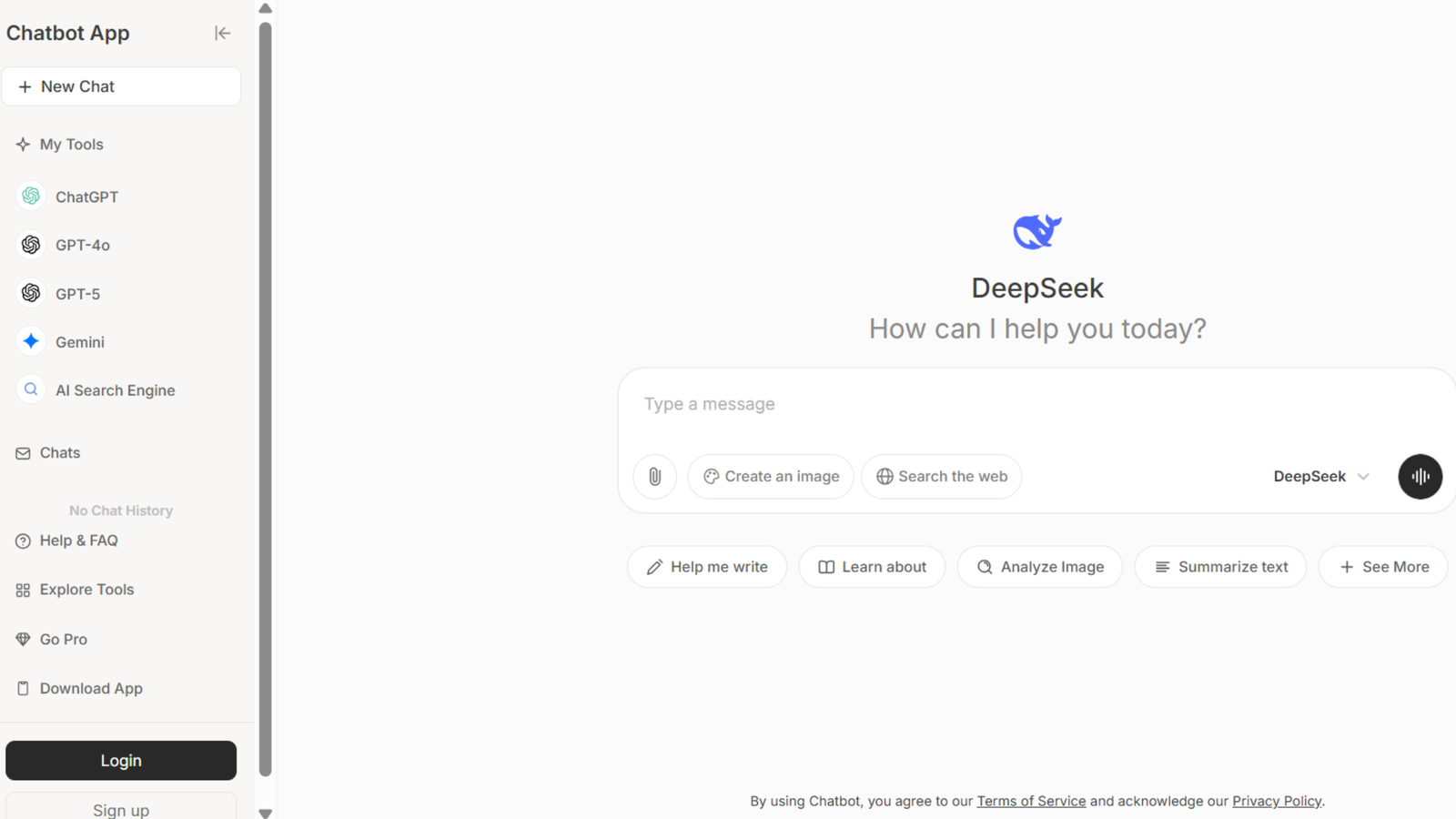What is Cloud Computing in Layman Terms: Cloud computing to a local hard drive or individual customers, small, medium, and large companies, rather than having physical on-premises data centres to provide Internet services and applications. Cloud technology, which offers services in the following locations, is the elements of data storage and computing resources such as memory, CPU, etc., a wide range of covers, including the cover.
In general, cloud computing is Gmail and Dropbox. Living in the twenty-first century, everyone is familiar with these, which are the greatest examples of cloud computing. Let’s take Gmail as an example, which uses our interface to see when we open our mail account and send and receive emails stored in the data centre hosted on the back end of the cloud service provider.
To make it easier for you to understand, like buying a car and instead of driving, for its maintenance and even for the parking space itself, you hire a driver who performs this sole responsibility. Now, let’s get started; Driving is a computer or resource that is managed by cloud service providers, maintenance is done by centrally managed platforms; And parking space refers to virtualized data centers, in the end, it all comes down to “you pay for this service.”
Also read: How Much Does a Server Cost?
In the end, “cloud” is a metaphor for the Internet, it only goes back to the days of the presentation of a flowchart, and the Internet server-farm infrastructure leads to nothing more than a cloud of smoke that does not accept network connections and data comes out floating.
In the past, a company had to deploy top-level infrastructure on-premise, which did nothing but increase costs. Before the rise of cloud computing, data storage, and computing were facilitated through on-premises data centres, which required higher maintenance and resources to manage. Cloud computing reduces these costs as data centres are virtualized and operated by cloud service providers.
A cloud computing model and cloud infrastructure are necessary for the proper implementation of the hardware and software components involved. Cloud computing, or utility computing, can be thought of as on-demand computing. The name cloud computing was inspired by the cloud symbol that is often used to represent Internet flowcharts and diagrams.
For many of the “cloud” folks, the natural response should be. Associated with white and fluffy sorting images, the computing or data cloud is, in reality, very mundane and very ubiquitous. Cloud computing allows the common man to access data in a different way. For an individual customer, the data is usually “local” and stored, which usually means that your computer’s hard drive and hand are easy to access. Just fire your machine, and it is there. However, when large amounts of data are involved, or when you are changing frequently and they’re sharing the data, it becomes complicated.
Also read: How to Block Emails on iCloud?
Common sense for an individual customer, the data is usually “local” and stored – usually means that your computer’s hard drive and hand and easy to access your data. Just fire your machine, and it is there. However, when large amounts of data are involved, or when you are changing frequently and they’re sharing the data, it becomes complicated.
Types of Cloud Computing
While doing cloud research, you can come across three major categories, which provide a variety of services provided to you. You can note that these are not separate from each other and are often vaguely defined. So, you can better understand the cloud computing positions of the common people, we have to explain the differences.
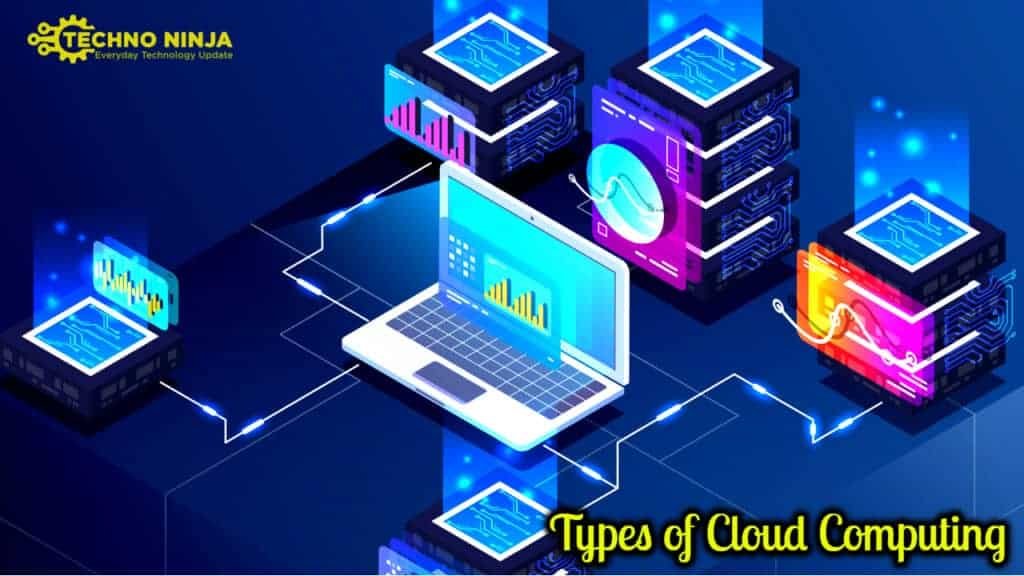
IAAS (Infrastructure as a Service)
IAAS is often the most basic service because you buy raw computing or storage hardware access via the Internet – this can include direct access to servers or storage. Most of these services are set up for payment on the go, so get only what you need. A common example of IAAS is web hosting: a monthly subscription or per-MB / GB fee a hosting company has in store and will deliver files for your site from their hardware.
Also read: How Do Servers Crash and How to Fix?
SaaS (Software as a Service)
SaaS means you are using a complete application or software suite hosted on someone else’s server. The G-suit is a perfect example of it. You log in, create your content, and stash it all on their servers. The SaaS cloud computing model involves a network connection via a third-party supplier of programs/software keeps. It is closely associated with software service supply systems and installing the software on their on-site data centre, eliminating the need for organizations.
Types of CSS include basic business systems such as email, customer relationship management CRM, human resource management, billing, etc.
PaaS (Platform as a Service)
PaaS is usually a service where you develop your software using web-based tools, but your software runs on systems and hardware supplied by another company. For example, you can create your storefront website, but that site—including carts, checkouts, and payment systems—is running on the servers of any other company that provides you with services. App Cloud from Salesforce and Google App Engine are good examples of this service.
How Does Cloud Computing Work?
Cloud client computing devices, remote servers via the Internet, allow you to access data from the database and work with computers. An Internet network connection on the front edge (accessing client device, browser, network, and cloud software applications), the last side link, including databases, servers, and computers) in the rear edge of the repository works as onto the edge of the access data.
Communications between the front and rear ends are handled by a central server. Central servers rely on protocols to facilitate data exchange. Central Server uses both software and middleware to manage connections between different client devices and cloud servers. Typically, there will be a dedicated server for each application.
Some Examples of Cloud Computing
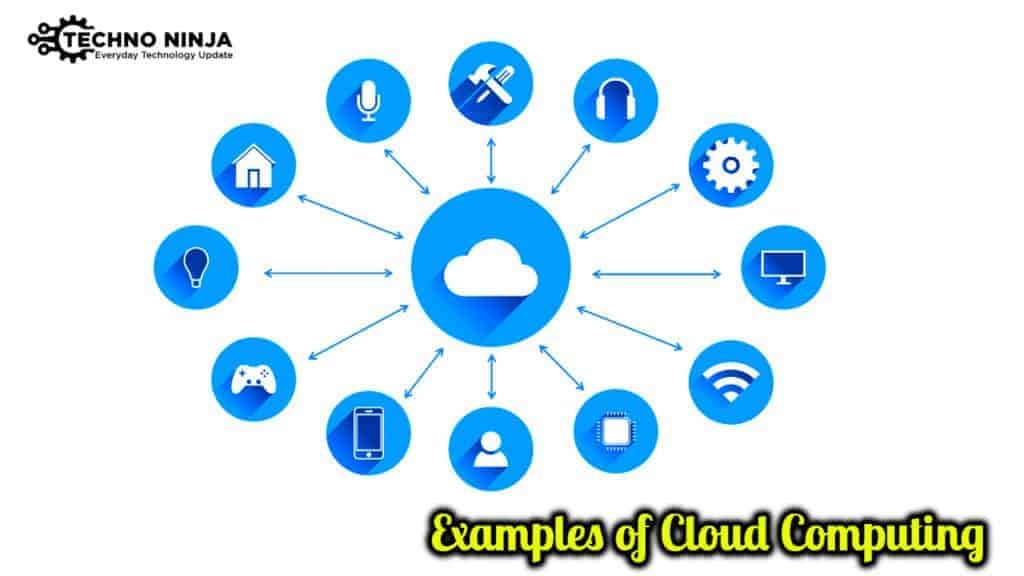
- Google Docs, Microsoft Office 365: Internet users can access Google Docs and Microsoft Office 365. Users are more productive because they can be on any device that is in the cloud from anywhere at any time and can access presentations and spreadsheets.
- Email, Calendar, Skype, and WhatsApp: email, calendar, Skype, and WhatsApp users, access data from the cloud, so that they may take advantage of power on any device, whenever and wherever they can access their data.
- Zoom: Zoom video and audio Videoconferencing is a cloud-based software platform for meeting records and saving them in the cloud, Users can access them anywhere and at any time.
- AWS Lambda: Lambda allows developers to run code for applications or back-end services without providing or operating a server. The go-as-you-go model scales with an organization that regularly uses the data, and data storage by combining real-time changes.
Advantages and Disadvantages of Cloud Computing
When data is stored “above the cloud,” you are essentially providing your data to a third party via an Internet connection, believing that they will maintain and protect your data for you. You own and run your computing hardware from another company that provides this service to you, so you can focus on your goals. From suddenly purchasing data storage hard drives and server racks and hiring staff to operate the technology to pay for all your work to another company.
This is a conversion from up-front capital expenditures to more than one monthly operational expense – which may or may not be more costly in the long run if you are a factor in staff and maintenance costs in running the server. However, the means to access your data in a reliable, high-speed Internet connection is required.
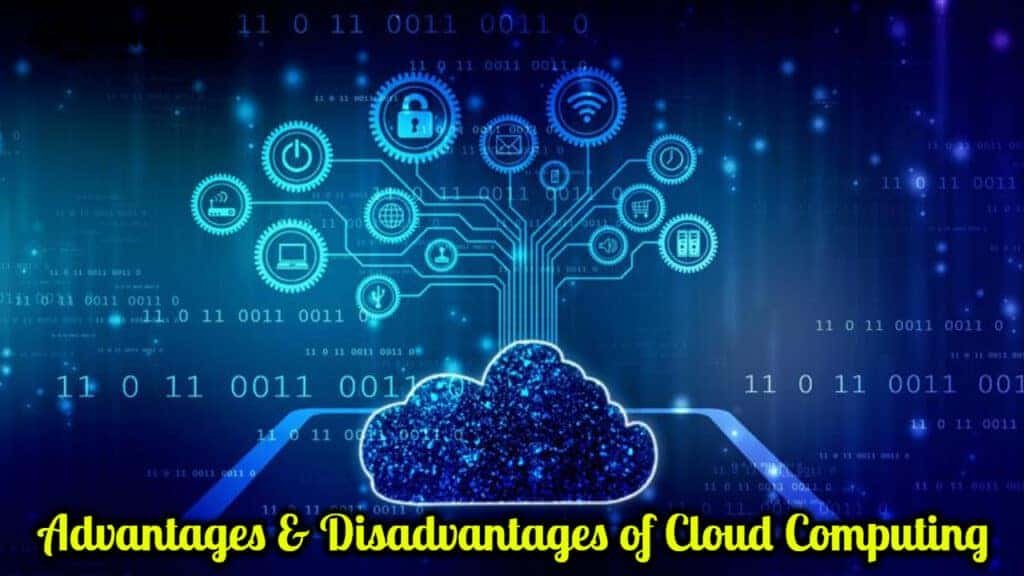
It’s easy to easily access the United States and some of the rural areas of developing countries where Internet access is in question. The services available for you to purchase from the existing suppliers you depend on for your requirements do not match properly, or the supplier may change depending on the decision. Cloud computing is fairly new and largely unregulated on the Internet, much like a lot of. So we understand that the common people why cloud computing is difficult to find a clear explanation.
The real impact of the cloud on IT is the effect of outsourcing. Cloud computing is simply a system so that an organization can take over some or all of their IT infrastructure and someone else can manage it for them – or even manage something else. Like giving, it’s often very nice, and that means you don’t have to clean your lawn raw or drain it, but it’s going to cost you, and after all, some people enjoy this kind of thing.
What is the isolation of cloud computing?
Earlier, traders bought large amounts of data storage in cloud computing and the room was dedicated to the care of the tools used to recruit the whole team. Used to store large amounts of data resources for organizations to offer.
It was difficult for companies that did not specialize in data or technology at all to take such an initiative. To understand cloud computing in terms of the general public, you need to understand that cloud computing abstracts from data storage details of companies that provide these services as their bread-and-butter so that customers can focus more on their actual priorities. Cloud computing changes your interaction with your data in three main ways:
- This means that it has been managed for more than one license to supply problems, data loss due to virus or backup problems, or the server does not need to worry about rolling upgrades. Amazon, Google, or that it’s all for you so that you can focus on what your goals are.
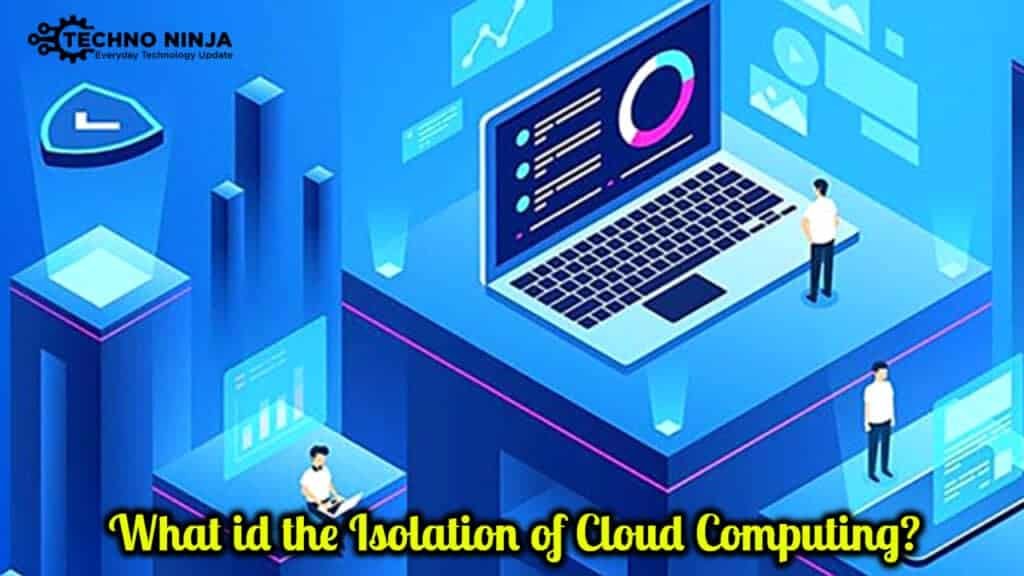
- Where is your data on the internet – mobile or remote team who work every day in the same physical place, it is important for those who do not. All you need is an Internet connection and your login information and you have instant access to all your data.
- It is protected according to your specifications. You have the option of hosting your data publicly on public servers, which are physical servers that others who use this service also use. Your data is still personal to your organization; this means you are sharing physical space. However, you can choose to use more private space, which is often a premium service, such as Amazon’s Virtual Private Cloud.
Benefits of Cloud Computing
Cloud computing for end-users in business is proud of a number of attractive benefits. Here are some key benefits of cloud computing:
- Saving Cost: Cloud infrastructure reduces costs because companies spend huge amounts of money and cannot buy and maintain equipment. This spending reduces their capital expenditures – because of their growing businesses to adjust their hardware, facilities, utilities, or large data centres do not have to invest in the building. Additionally, companies do not need large IT teams to manage cloud data centre operations because they can rely on the team skills of their cloud providers. Cloud computing also reduces downtime costs. Downtime rarely occurs in cloud computing, so companies do not have to spend time and money solving any problems related to downtime.
- Dynamism: This means that users can store data in the cloud from any device from anywhere and can access it via the Internet. This means users to access their data on a USB drive, or an external hard drive, or they do not have to carry multiple CDs. Users can access corporate data via smartphones and other mobile devices, enabling remote employees to keep up to date with colleagues and customers. End users can easily process, save, retrieve, and restore in the cloud. Also, cloud vendors automatically deliver all upgrades and updates, saving time and effort.
- Powerful Recovery Services: Companies are concerned about data loss. Users guarantee that their device data is stored in the cloud, for example, a laptop or smartphone if it is unable to access their data. Cloud-based services help organizations in emergency situations such as natural disasters or power outages, may soon recover their data.
- Hybrid Cloud: According to the companies, the situation is different for the cost and workload efficiently customized and suitable for applications in the cloud (private or public) have the option to use.
- Multi-Cloud: Cloud providers are using more than one individual in a variety of cloud services to the specific requirements of customers for a variety of workloads in the cloud service can help fit.
- Storage: Large amounts of data can be stored and easily accessed remotely. Customers who use only the storage they actually use.
- Data Backup: Cloud backup solutions are generally easy to use. Users do not have to worry about the availability and the ability to manage data security and cloud providers.
Security of Cloud Computing
Businesses considering cloud adoption – especially public cloud security – remain a primary concern. Public cloud service providers share their underlying hardware infrastructure among multiple customers because the public cloud is a multi-rental environment. This environment demands significant isolation between logical calculation resources. At the same time, access to public cloud storage and computing resources is protected by account login credentials.
Many organizations, bound by complex regulatory obligations and administrative standards, are still reluctant to put data or work pressure on the public cloud for fear of disruption, loss, or theft. However, the details of this resistance are declining, as logical isolation has proven reliable, and the addition of data encryption and various identity and access management tools has improved security in the public cloud.
Future of Cloud Computing
According to “Cloud Report’s Right Scale 2019 State,” more than 30 percent of the 2000 enterprise IT decision-makers identified the cloud as their top priority. Yet, especially in mission-critical enterprise applications to the public cloud adoption, many experts had predicted, that did not happen so soon.
But In 2020, companies could shift the pressure of mission-critical work into the public cloud. This is one of the reasons being transferred to their digital transformation of business executives who want to ensure that they can compete in the new world of public clouds.
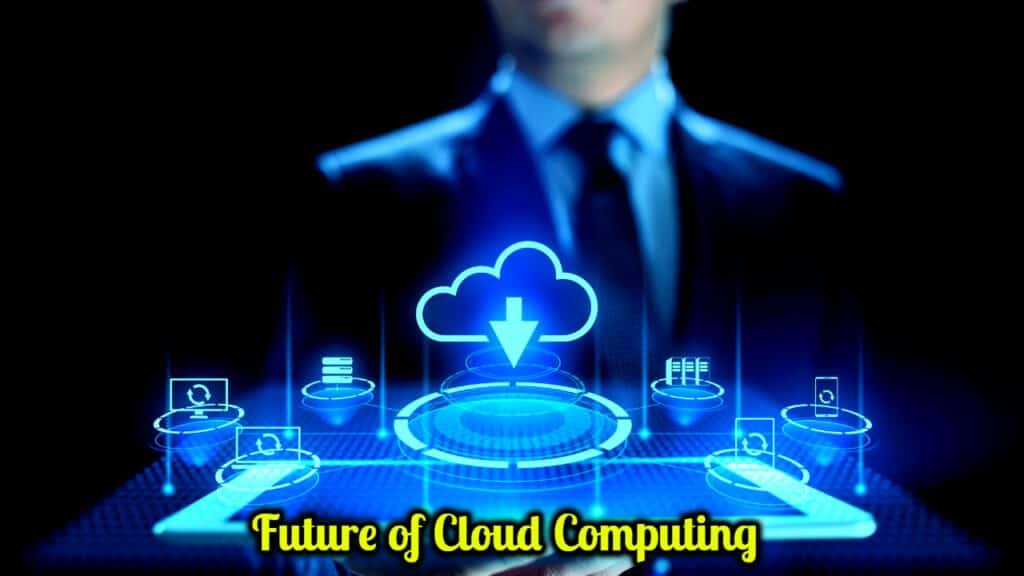
Business leaders to take advantage of the resiliency, the internal computer system, and the modernization of critical business units and teams to strengthen their devices looking at the public cloud.
Furthermore, cloud providers such as IBM and VMware are focusing on meeting the requirements of enterprise IT, in part removing the barriers to public cloud adoption that IT decision-makers previously refused to fully embrace the cloud.
Conclusion
What is Cloud Computing in Layman’s Terms? – Cloud computing is the delivery of computing services, servers, storage, databases, networking, software, analytics, and the Internet (“cloud”). Cloud computing services companies are in the supply of water or electricity, and usually the same as the one you are billed based on how cloud computing is to be charged for services.
How to easily surpass the benefits of cloud computing, it is easy to see flaws. Reducing cost, reducing downtime, and management of the facilities, which they say is less effort. This is why almost every person knowingly or unknowingly everywhere and its benefits. Cloud computing provides a huge number of services.
Despite the inclusion of consumer services such as Gmail or cloud backups of their photographs in their smartphone or mobile technology, the services allow big businesses to host all of their data and manage all their programs in the cloud. Netflix is based on cloud computing solutions to manage its own video streaming support along with other video companies and has plenty of different businesses.

